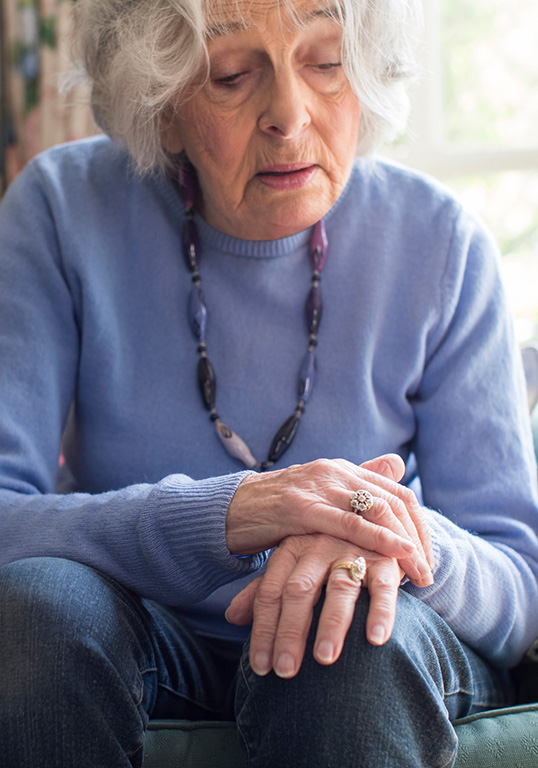
Parkinson’s disease (PD) is a progressive neurological disorder that primarily affects movement, but it can also impact various other bodily functions and cognitive processes. It is one of the most common neurodegenerative diseases, affecting approximately 1 in 308 people in Australia.
Parkinson’s disease is characterised by a gradual loss of dopamine-producing neurons in the brain, leading to a variety of motor and non-motor symptoms that can significantly affect a person’s quality of life.
Parkinson’s disease is a chronic and progressive disorder, meaning that symptoms worsen over time. The disease primarily affects the substantia nigra, a region of the brain responsible for producing dopamine, a neurotransmitter that plays a crucial role in regulating movement. As dopamine levels decrease, the ability to control movements becomes impaired, leading to the characteristic symptoms of Parkinson’s disease.
The exact cause of Parkinson’s disease is not fully understood, but it is believed to result from a combination of genetic and environmental factors. Some of the potential causes and risk factors include.
There is no single test for Parkinson’s disease, making diagnosis challenging. A diagnosis is usually based on a combination of medical history, a neurological examination, and the presence of characteristic symptoms.
A neurologist will assess the patient’s movement, coordination, and muscle tone, and may order imaging tests, such as MRI or DaTscan, to rule out other conditions.
The presence of at least two of the cardinal motor symptoms (tremor, bradykinesia, and muscle rigidity) is typically required for a clinical diagnosis.
While there is currently no cure for Parkinson’s disease, various treatments are available to manage symptoms and improve quality of life. Treatment plans are highly individualised and may include medications, surgical options, and lifestyle changes.
Medications are the primary treatment for managing the symptoms of Parkinson’s disease. These include:
For individuals with advanced Parkinson’s disease who do not respond well to medications, surgical options may be considered:
In addition to medications and surgery, lifestyle changes and supportive therapies play a crucial role in managing Parkinson’s disease:
Living with Parkinson’s disease can be challenging, but many individuals continue to lead active, fulfilling lives with appropriate treatment and support. Regular follow-up with a neurologist is essential to monitor the progression of the disease and adjust treatment plans as needed. Additionally, engaging in physical activity, maintaining social connections, and staying informed about new research and treatment options can help individuals with Parkinson’s disease maintain a high quality of life.



Fee Increase
Please note that from the 1st of December 2025, our follow up appointment fee has increased by $25. All other fees remain the same.
Rooms Closed
Our rooms are closed from the 18th of December to the 5th of January for holidays.